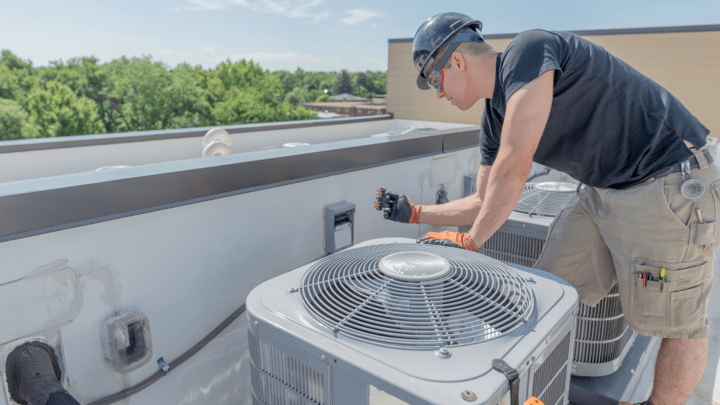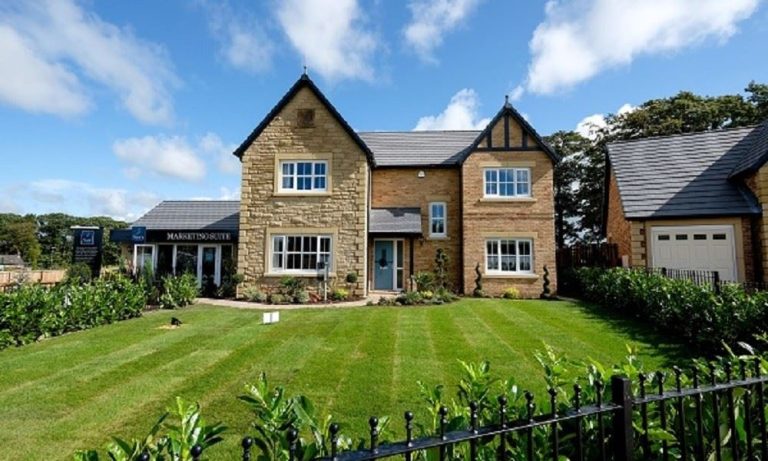Maintaining a comfortable and energy-efficient home environment is essential for your family’s well-being and your wallet. By focusing on both the exterior and interior of your home, you can create a balanced climate that keeps you comfortable year-round while minimizing energy costs. In this article, we’ll explore strategies for maintaining your home’s exterior and interior climate, including the importance of steam piping insulation and full house siding replacement.
Importance of Proper Insulation
Insulation plays a crucial role in maintaining a consistent interior climate. It helps regulate heat flow, keeping your home warm in the winter and cool in the summer. Proper insulation not only improves comfort but also reduces energy consumption and lowers utility bills.
When it comes to insulation, it’s essential to consider all areas of your home, including walls, attics, and crawl spaces. Upgrading or adding insulation can significantly improve your home’s energy efficiency. Additionally, steam piping insulation is crucial for maintaining the integrity of your heating system and preventing heat loss.
Sealing Air Leaks
Air leaks can compromise the effectiveness of your home’s insulation and lead to drafts and temperature fluctuations. Identifying and sealing these leaks is a cost-effective way to improve your home’s climate control.
Common areas where air leaks occur include windows, doors, electrical outlets, and attic hatches. Use caulk, weatherstripping, and other sealants to close these gaps and prevent air from escaping or entering your home. Regular maintenance and inspections can help you identify and address air leaks before they become a bigger problem.
Importance of Proper Ventilation
Adequate ventilation is essential for maintaining a healthy and comfortable indoor climate. Proper ventilation helps remove stale air, reduce humidity levels, and prevent the buildup of pollutants and allergens.
Consider installing exhaust fans in bathrooms and kitchens to remove moisture and odors. Ensure that your home’s HVAC system is properly balanced and that air vents are not obstructed. Regularly clean or replace air filters to maintain optimal airflow and indoor air quality.
Full House Siding Replacement
The exterior of your home plays a significant role in maintaining a comfortable indoor climate. The full house siding replacement can improve your home’s energy efficiency, protect against the elements, and enhance its curb appeal.
When choosing new siding, consider materials with high insulation values, such as fiber cement or insulated vinyl. These materials can help regulate heat transfer, keeping your home cooler in the summer and warmer in the winter. Additionally, properly installed siding can create a tight barrier against air and moisture infiltration, further improving your home’s climate control.
Landscaping for Climate Control
Strategically placed trees, shrubs, and other landscaping elements can help regulate your home’s exterior climate. Shade trees planted on the south and west sides of your home can block direct sunlight and reduce heat gain during the summer months.
Deciduous trees, which lose their leaves in the fall, allow sunlight to warm your home during the winter. Evergreen trees and shrubs can act as windbreaks, protecting your home from cold winter winds and reducing heat loss.
Conclusion
Maintaining a comfortable and energy-efficient home climate requires a multi-faceted approach that addresses both the exterior and interior of your home. By focusing on proper insulation, sealing air leaks, ensuring adequate ventilation, considering full house siding replacement, and incorporating strategic landscaping, you can create a balanced climate that keeps you comfortable year-round while minimizing energy costs. Remember, regular maintenance and upgrades, such as steam piping insulation, can help you achieve and maintain your desired home climate.




















